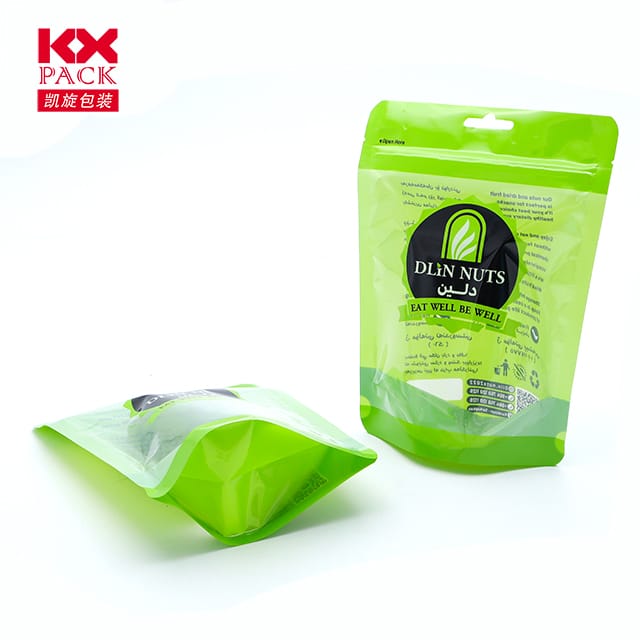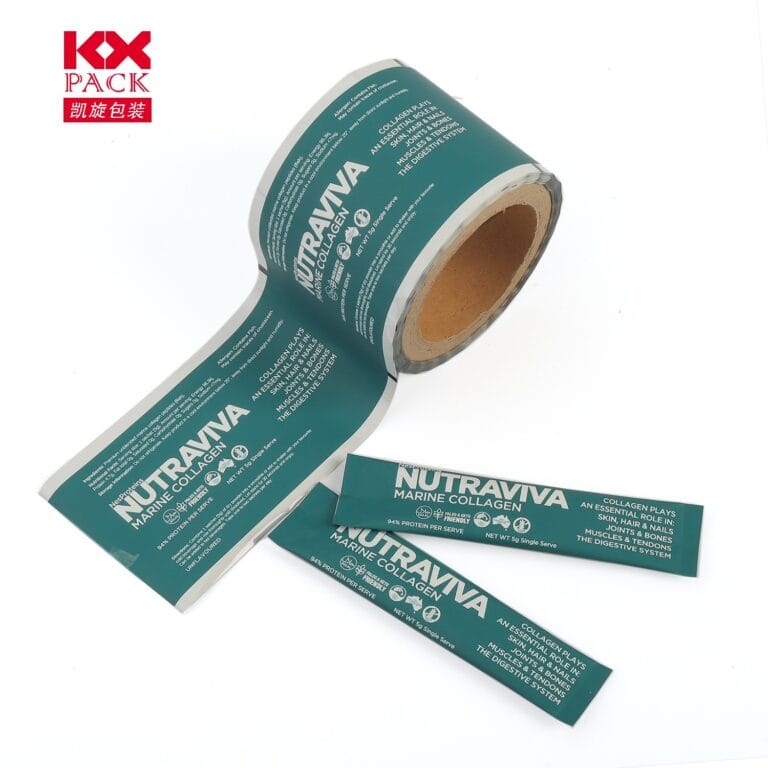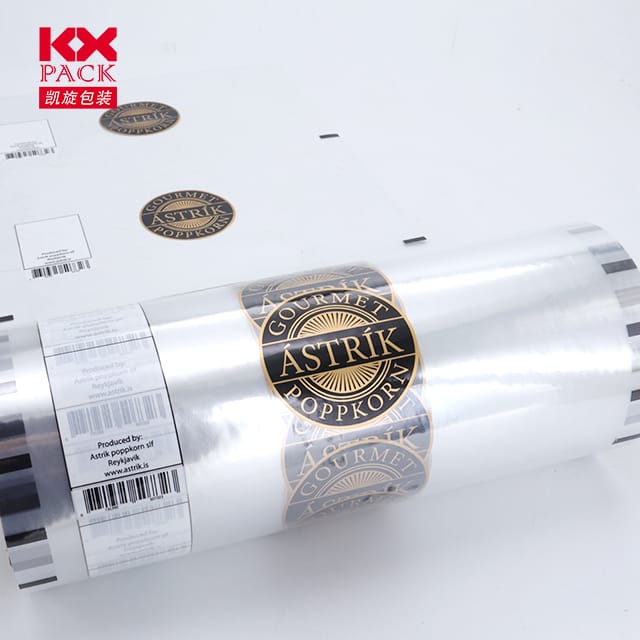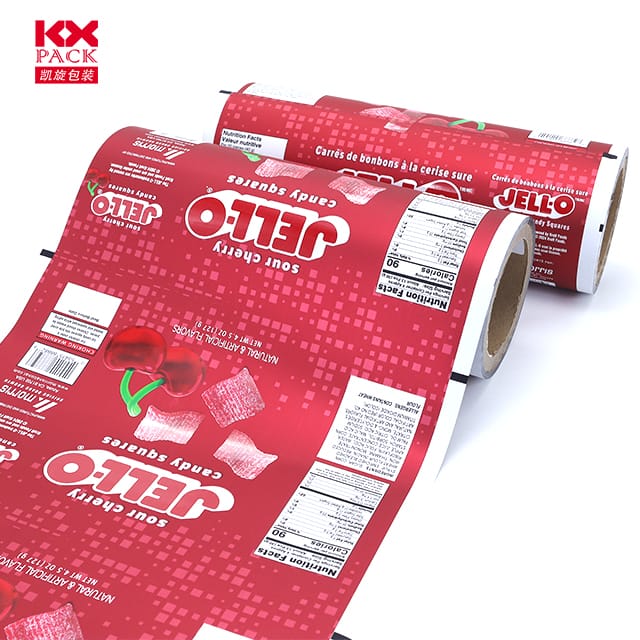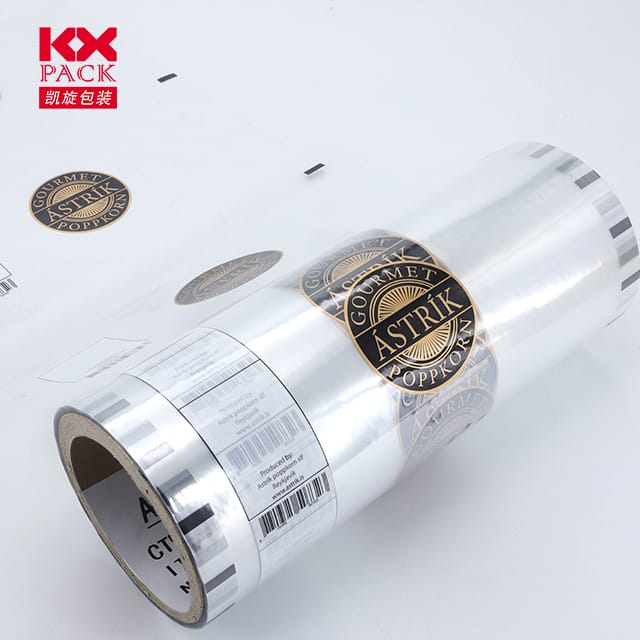El futur de les pel·lícules d’envasament: Innovacions, Sostenibilitat, i més enllà(2)
Packaging Films
Presentació
In a world where sustainability and functionality are king, Les pel·lícules d'embalatge tenen un paper fonamental en la protecció dels productes, millorar l'atractiu de la prestatgeria, i reduir l'impacte ambiental. Des de la conservació dels aliments fins a la seguretat farmacèutica, Aquests prims, Els materials flexibles estan dissenyats per satisfer necessitats diverses. Però amb les creixents preocupacions sobre els residus plàstics i les demandes dels consumidors en evolució, the future of packaging films is poised for a revolution. Let’s explore the latest trends, innovacions, and challenges shaping this dynamic industry.
1. Types of Packaging Films: A Primer
Packaging films come in various forms, each tailored to specific applications:
- Pel·lícules de plàstic: Traditional polyethylene (PE), polipropilè (PP), and PVC dominate due to their durability and cost-effectiveness.
- Pel·lícules biodegradables: Fabricat amb polímers basats en plantes (P., PLA, PHA) or compostable materials, these reduce landfill burden.
- Barrier Films: Designed to block moisture, oxigen, or UV light, ideal for perishables or sensitive electronics.
- Shrink Films: Heat-activated to conform tightly around products for tamper evidence and product stability.
- Specialty Films: Include anti-fog, antimicrobial, or conductive coatings for niche applications.
2. Key Industries Driving Demand
- Menjar & Beguda: Extends shelf life, ensures hygiene, and enables portion control. Think snack packs, fresh produce wraps, and beverage pouches.
- Assistència sanitària: Sterile packaging for medical devices, productes farmacèutics, and IV bags.
- Comerç electrònic: Durable films protect goods during shipping and enhance unboxing experiences.
- Electrònica: Static-resistant films safeguard sensitive components.
3. Sostenibilitat: The New Frontier
The global push for eco-friendly solutions is reshaping the packaging film landscape:
- Bioplastics & Compostables: Brands like Danone and Nestlé are adopting PLA-based films for dairy and water bottles.
- Circular Economy Models: Recyclable films made from post-consumer waste (PCR) reduce virgin plastic use.
- Chemical Recycling: Emerging technologies break down mixed plastics into raw materials for new films.
- Pressió reguladora: EU’s Single-Use Plastics Directive and similar policies worldwide are phasing out non-recyclable films.
4. Innovation Highlights
- Embalatge intel·ligent: Films embedded with sensors or QR codes track freshness, temperatura, or authenticity.
- Active Packaging: Releases preservatives (P., antioxidants) to extend food shelf life.
- Nanotechnology: Enhances barrier properties with nano-clays or silver nanoparticles for antimicrobial effects.
- 3D Printing: Customizable, on-demand packaging reduces material waste.
5. Reptes i oportunitats
- Cost vs. Sostenibilitat: Biodegradable films are pricier than conventional plastics. Scaling production could drive down costs.
- Infrastructure Gaps: Recycling facilities for advanced films (P., multilayer barriers) are limited.
- Consumer Education: Clarifying labels (P., “home compostable” vs. “industrially compostable”) prevents greenwashing.
Conclusió
Packaging films are no longer just about protection—they’re about innovation, responsibility, and resilience. As industries balance performance with planet-friendly practices, we’re likely to see more hybrid materials, closed-loop systems, and tech-driven solutions. Per a empreses, investing in sustainable packaging isn’t just ethical—it’s a strategic move to meet evolving regulations and consumer preferences.
FAQs
- Are biodegradable films truly eco-friendly? Sí, but only if disposed of in industrial composting facilities.
- Can recycled films match the performance of virgin plastics? Advances in PCR technology are narrowing the gap.
- What’s the next big thing in packaging films? Look out for edible films (P., seaweed-based wraps) and self-healing materials.
The future of packaging films is bright, flexible, and increasingly green. What innovations would you like to see in this space? Share your thoughts below! 🌱📦

